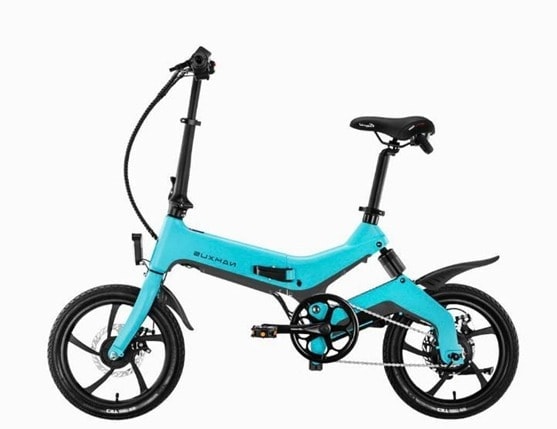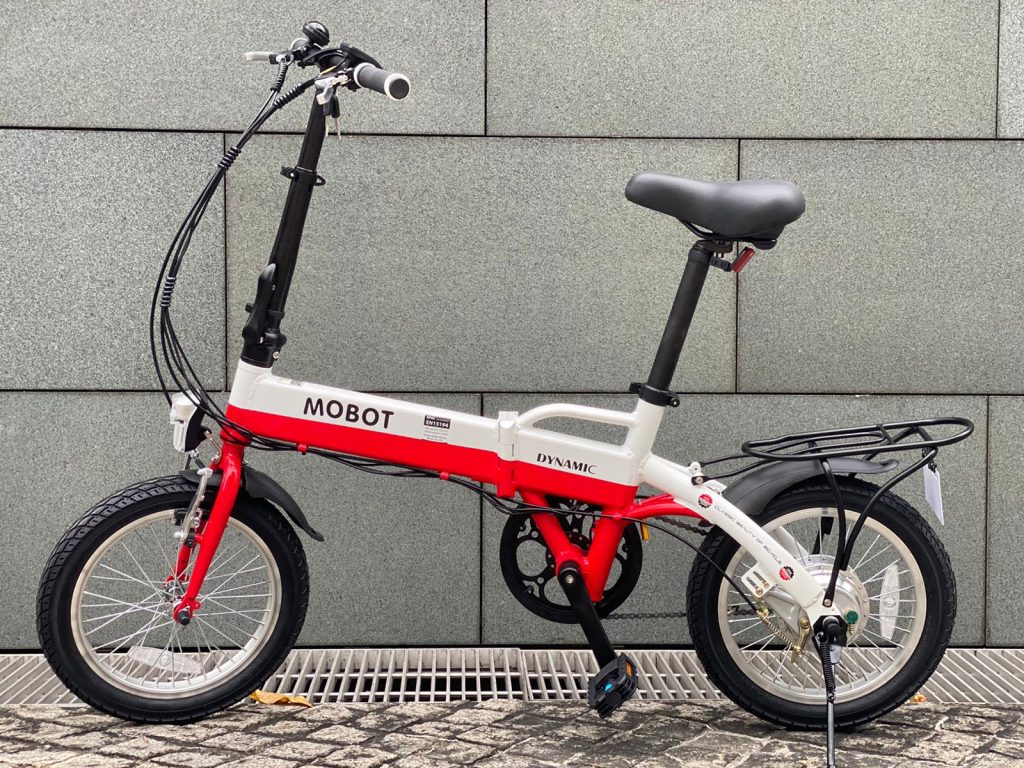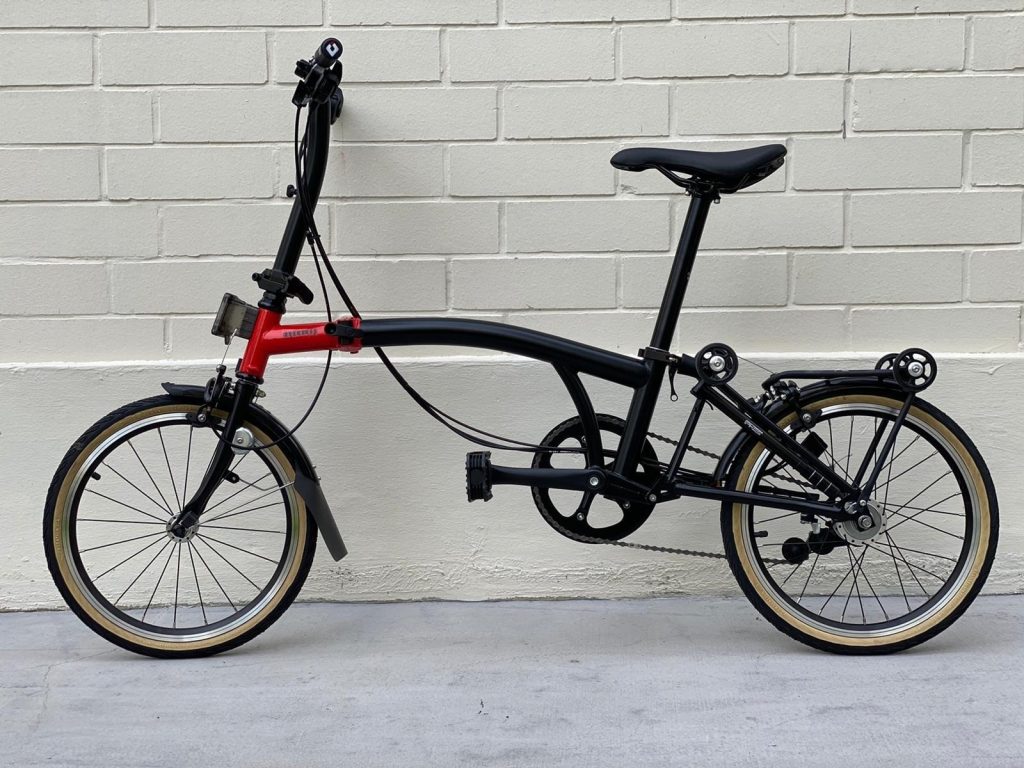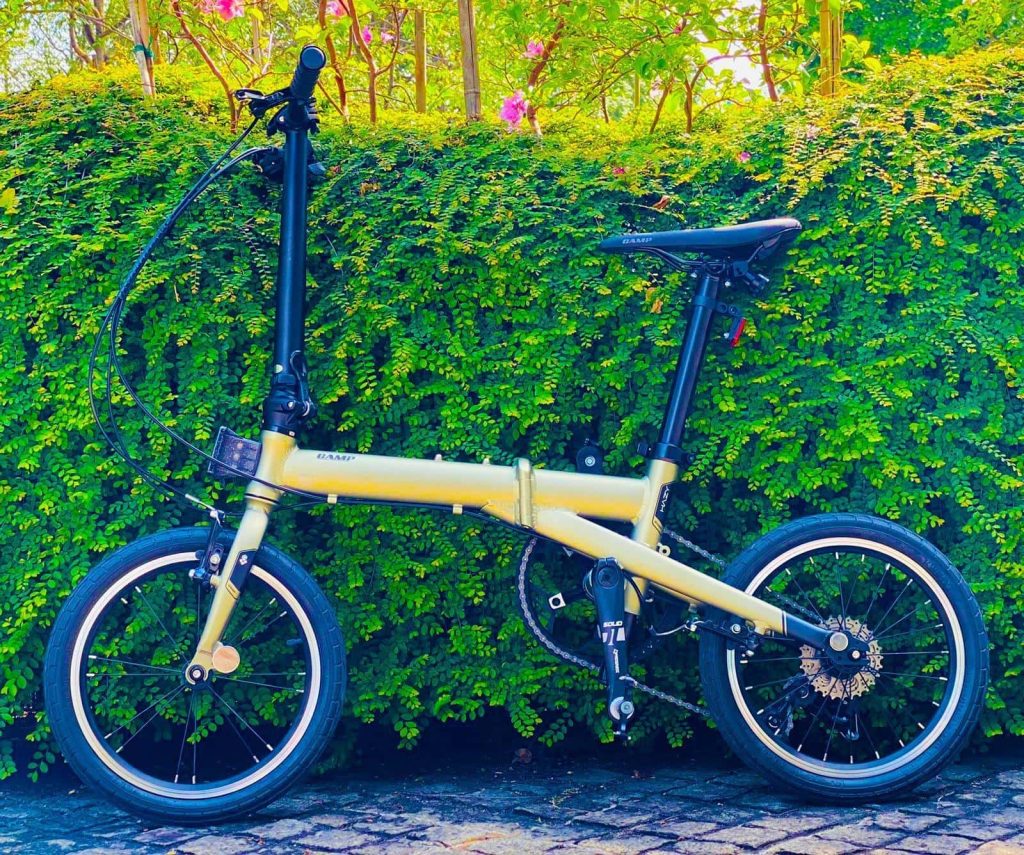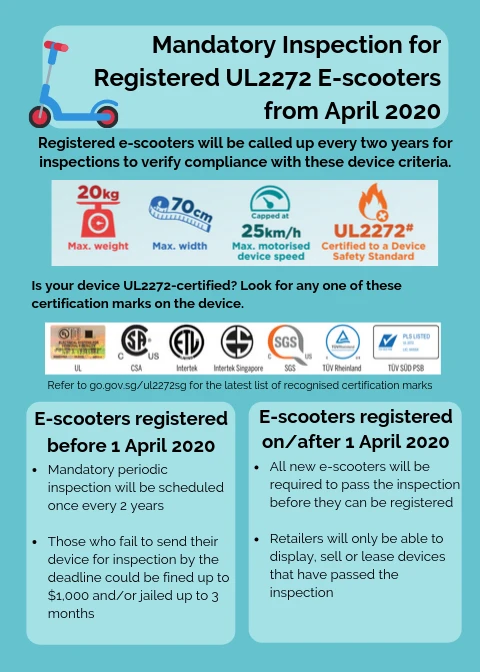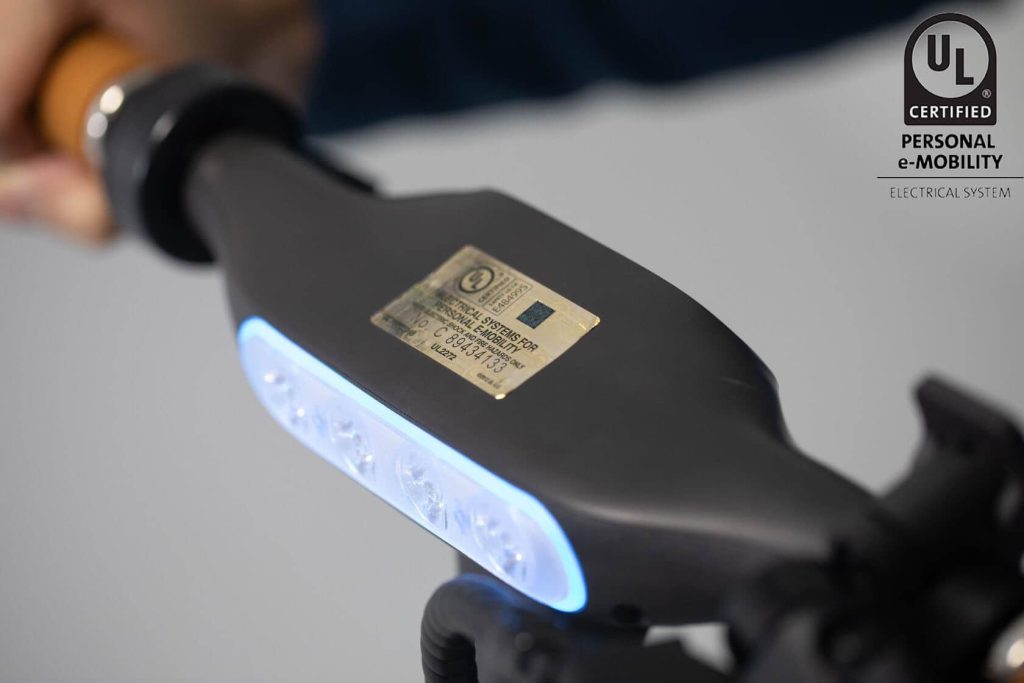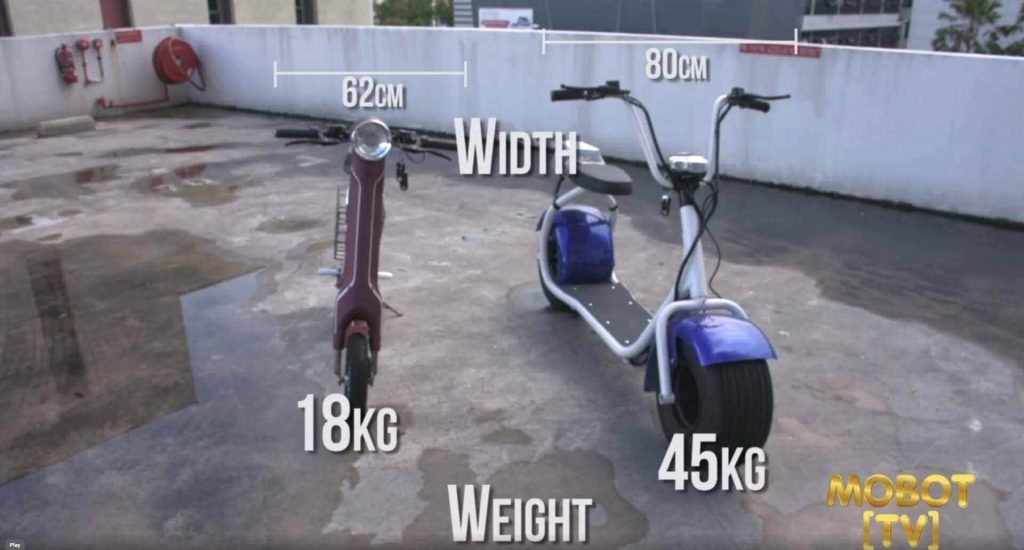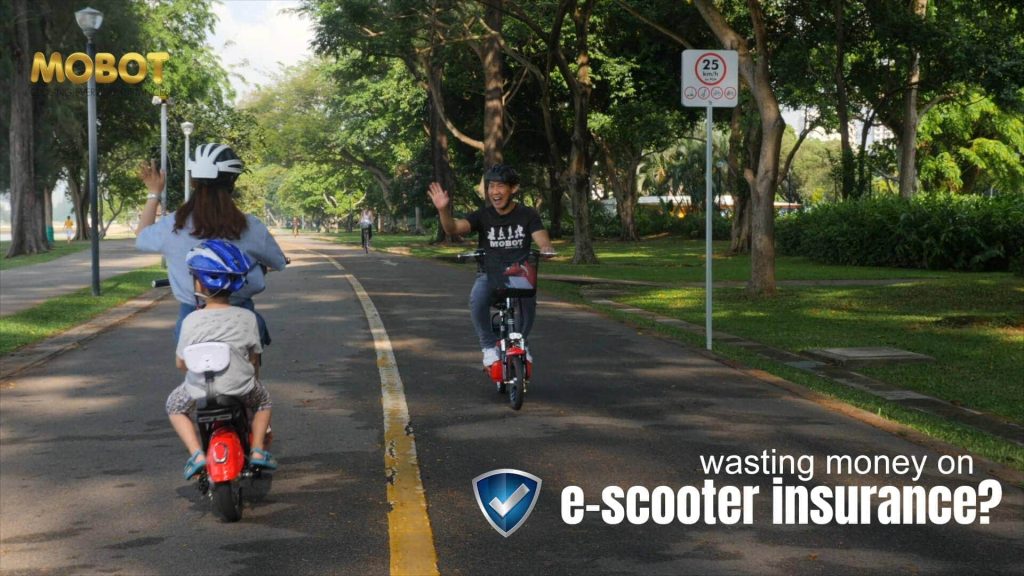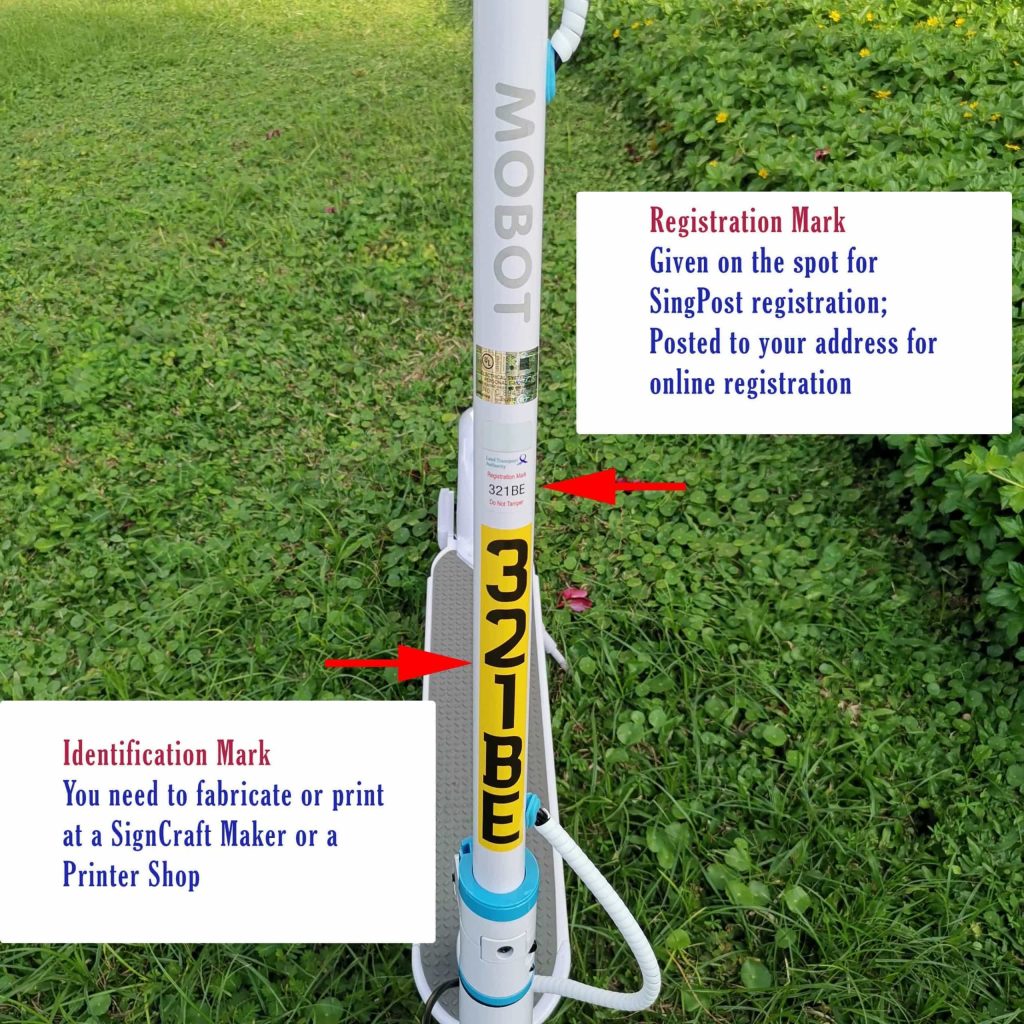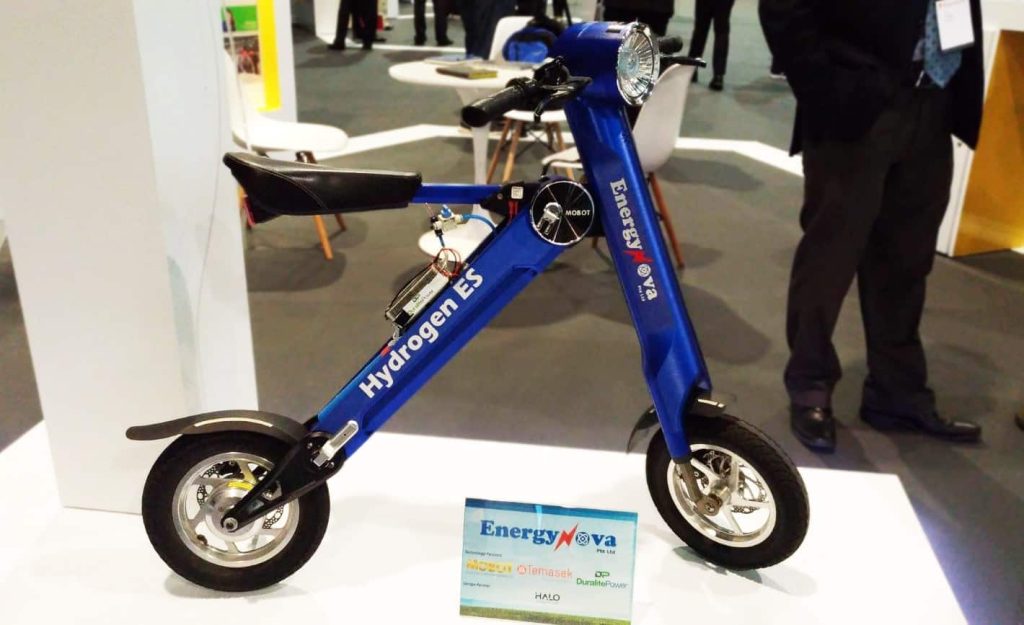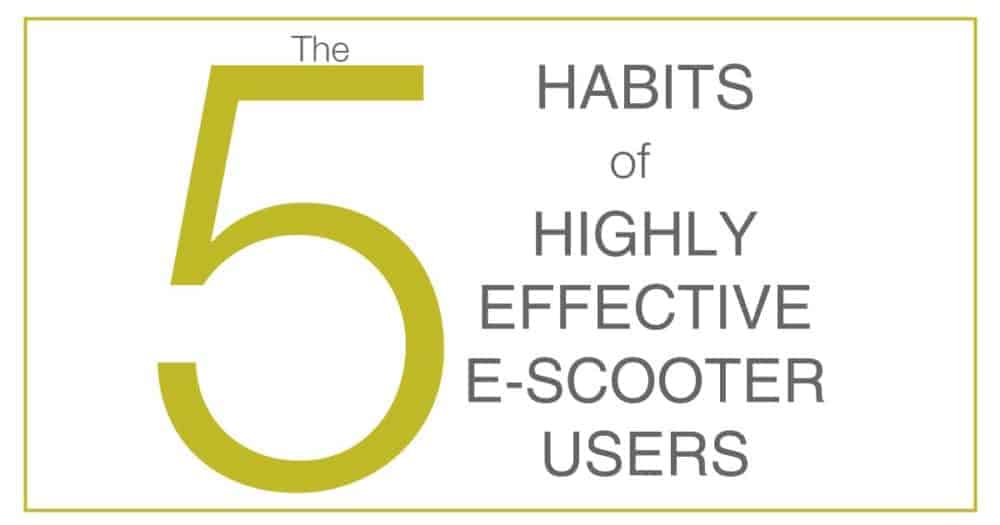E-scooter sales take off after e-bike safety rules kick in
PUBLISHED OCT 9, 2016, 5:00 AM SGT
But recent series of accidents has raised safety concerns as well
Scoot, e-bikes. E-scooters have become more popular with consumers here, in tandem with a decline in interest in motorised bicycles.
Some shops now sell hundreds of e-scooters (electric scooter) a month, while sales of e-bikes are negligible.
Retailers say stricter rules on e-bikes, which took effect last December, have dampened interest in the devices
and driven consumers to seek e-scooters instead.
The new rules stipulate, for example, that e-bikes are allowed on roads at speeds of only up to 25kmh, and only if they do not have a throttle which allows them to move without pedaling.
Mr Jeffrey Tay, owner of bike shop Foot Loops, said e-bike sales, which used to make up a third of all his sales, are now negligible. He now sells about 10 e-scooters a month, up from about three at the same time last year.
Mobot, which manufactures and sells mobility devices, says it now sells more than 400 e-scooters a month, a 30 per cent increase since the e-bike regulations kicked in.
“Land Transport Authority – We Keep Your World Moving
about 2 weeks ago
Looking to buy a new powerassisted bicycle (PAB)? Be on the hunt for PABs that come with the orange seal which are affixed to devices that meet the revised technical requirements.
Since 1 Feb, LTA has tightened regulations on the sale and use of noncompliant PABs to improve the safety of the devices. Following regular checks on retailers of PABs, 3 retailers were found to be selling and supplying PABs that were modified illegally, and have been charged under the Road Traffic Act.
Based on our investigations, the PABs were sold with illegally modified throttles that allowed devices to exceed a speed of 35km/h without the rider pedalling. Check out the photos below for a quick guide on current requirements for PABs. More info can also be found here: http://bit.ly/2dN6cHD
LTA takes a serious view on this matter, as retailers play a big part in educating their customers on the use of PABs. Enforcement efforts will continue, and measures will be tightened against the sale of non-compliant PABs. All 3 cases have been adjourned for further mention on 10 Nov 2016.”
One retailer, who declined to be named, said she has stopped ordering e-bike parts from China as customers no longer buy them. She said her e-scooter sales have gone up significantly this year, but declined to give numbers.
E-bikes are generally faster and more expensive. They have a top speed of 120kmh, compared with 80kmh for e-scooters. While an e-scooter can cost from about $300 to nearly $3,000, an e-bike can cost up to nearly $5,000 for a high-end, modified model.
Though e-scooters are slower, there have been calls for them to follow e-bikes down the path of stricter regulation, in the wake of a series of accidents. In March, sales assistant Sam Koh, 22, died after falling while riding his e-scooter. And last month, housewife Ang Liu Kiow, 53, required brain surgery after being hit by an e-scooter in Pasir Ris. A video of an e-scooter user riding along Mandai Road at 60kmh and overtaking a bus went viral last month, sparking further safety concerns.
Opinions are divided over whether stiffer rules are needed to prevent more accidents.
Under proposed rules, personal mobility devices, such as e-scooters, cannot weigh more than 20kg, excluding additional accessories such as LED lights, and are limited to a maximum speed of 15kmh on footpaths, and 25kmh on shared paths. They cannot go on roads.
“Business owners will suffer if there are stricter rules,” said Mr Tay, noting that e-scooters can help Singapore achieve its car-lite vision and reduce its reliance on cars.
Better infrastructure is needed for mobility devices, including separate paths and signs clearly stating where they can be used, he said.
Singapore Safety Driving Centre training manager Gerard Pereira is also in favour of separate paths for escooters.
This can be implemented in a similar manner to how cycling towns like Tampines have dedicated lanes for cyclists and pedestrians, he said.
E-scooter user Mohamad Shahrizal, 34, however, felt the proposed speed and weight restrictions are sufficient. He believes the recent accidents were caused by speeding.
TOO FAST
Now, anybody can bring in scooters that can move at 70kmh. Restrictions should be placed at the point of import.
MR IFREY LAI, director of Mobot which manufactures and sells mobility devices, on noncompliant e-scooters.
_
“I’ve never had a moment going at 20kmh where I felt I wasn’t going to be able to avoid an accident,” said the computer graphics artist.
Mr Denis Koh, chairman of enthusiast group Big Wheel Scooters Singapore, said the authorities should not “jump the gun” in putting more restrictions on e-scooters, adding that most users are law-abiding.
Others support tougher rules.
Mobot director Ifrey Lai said more can be done to stop retailers from selling “non-compliant” devices. “Now, anybody can bring in scooters that can move at 70kmh. Restrictions should be placed at the point of import,” he said.
Online marketplaces, such as Gumtree and Carousell, have hundreds of listings for e-scooters, some of which claim to have top speeds of 80kmh.
Transport Government Parliamentary Committee (GPC) deputy chairman Ang Hin Kee said more needs to be done to educate e-scooter users. He said the news that more than 700 people had been stopped by the Land
Transport Authority for unsafe cycling and riding since May suggests that many are still unaware of the rules.
Another Transport GPC member, Mr Ang Wei Neng, also supported greater education efforts.

(original article from The Straits Time http://bit.ly/2f89CsC)


